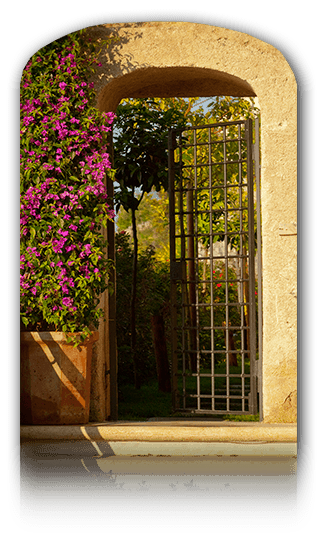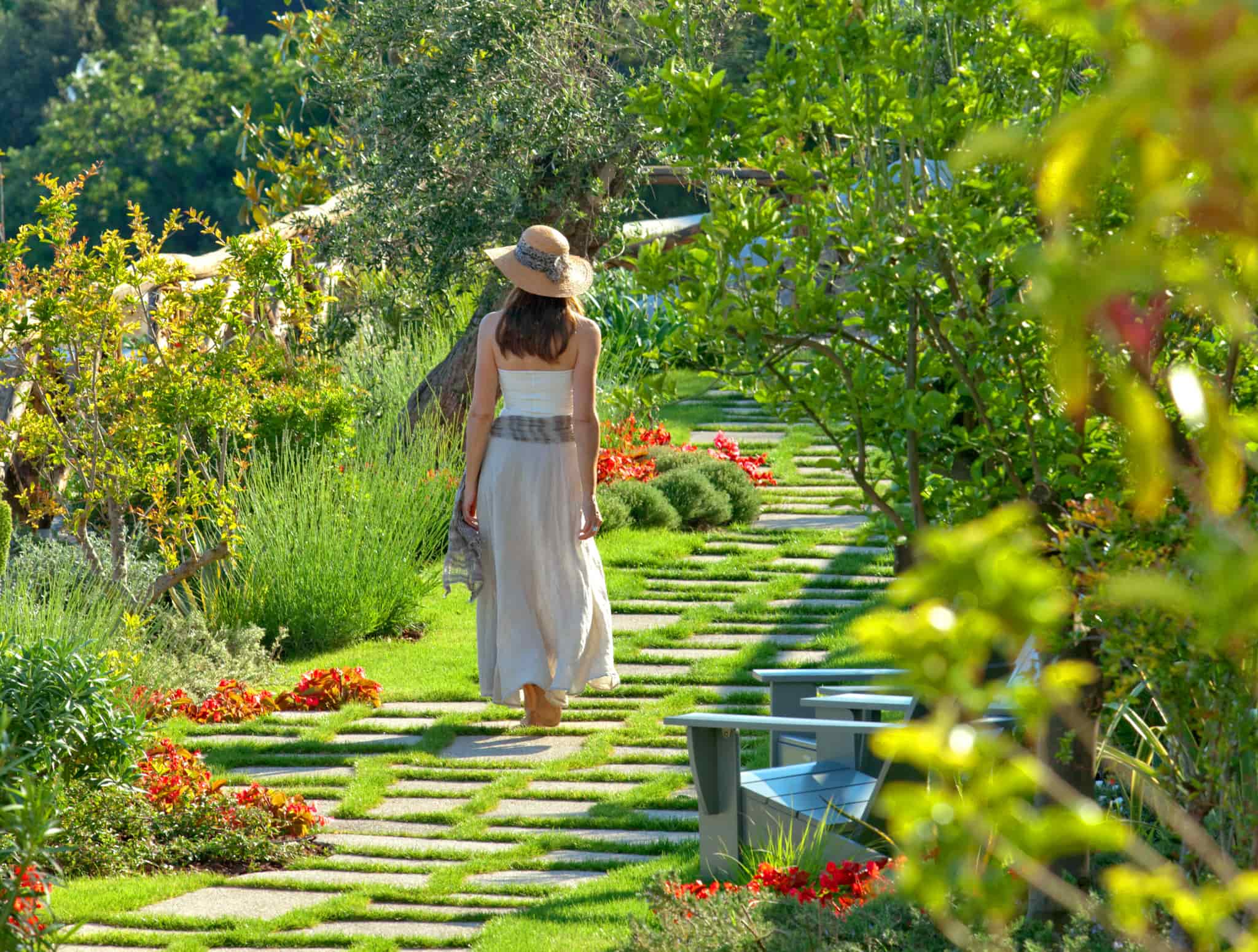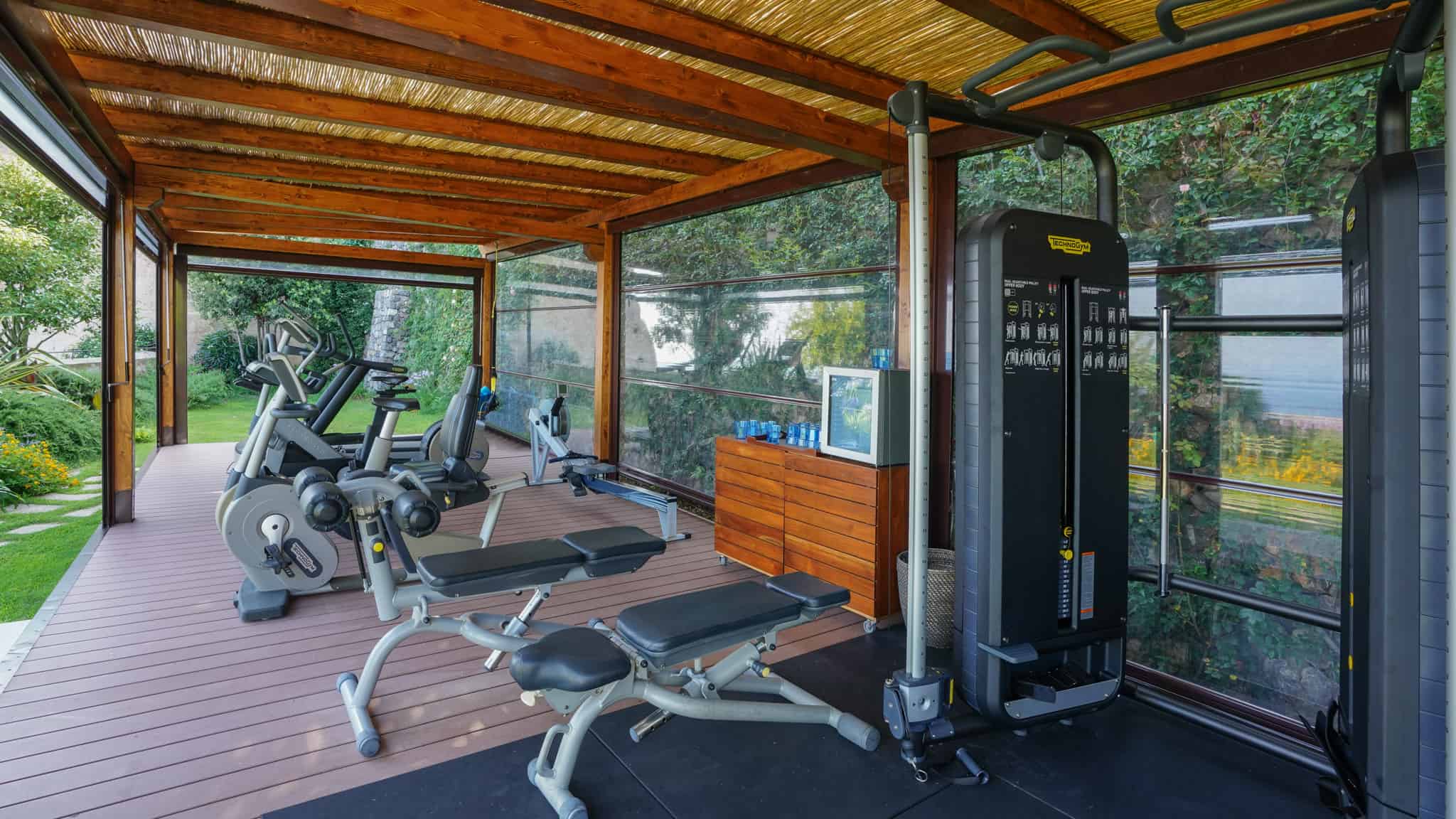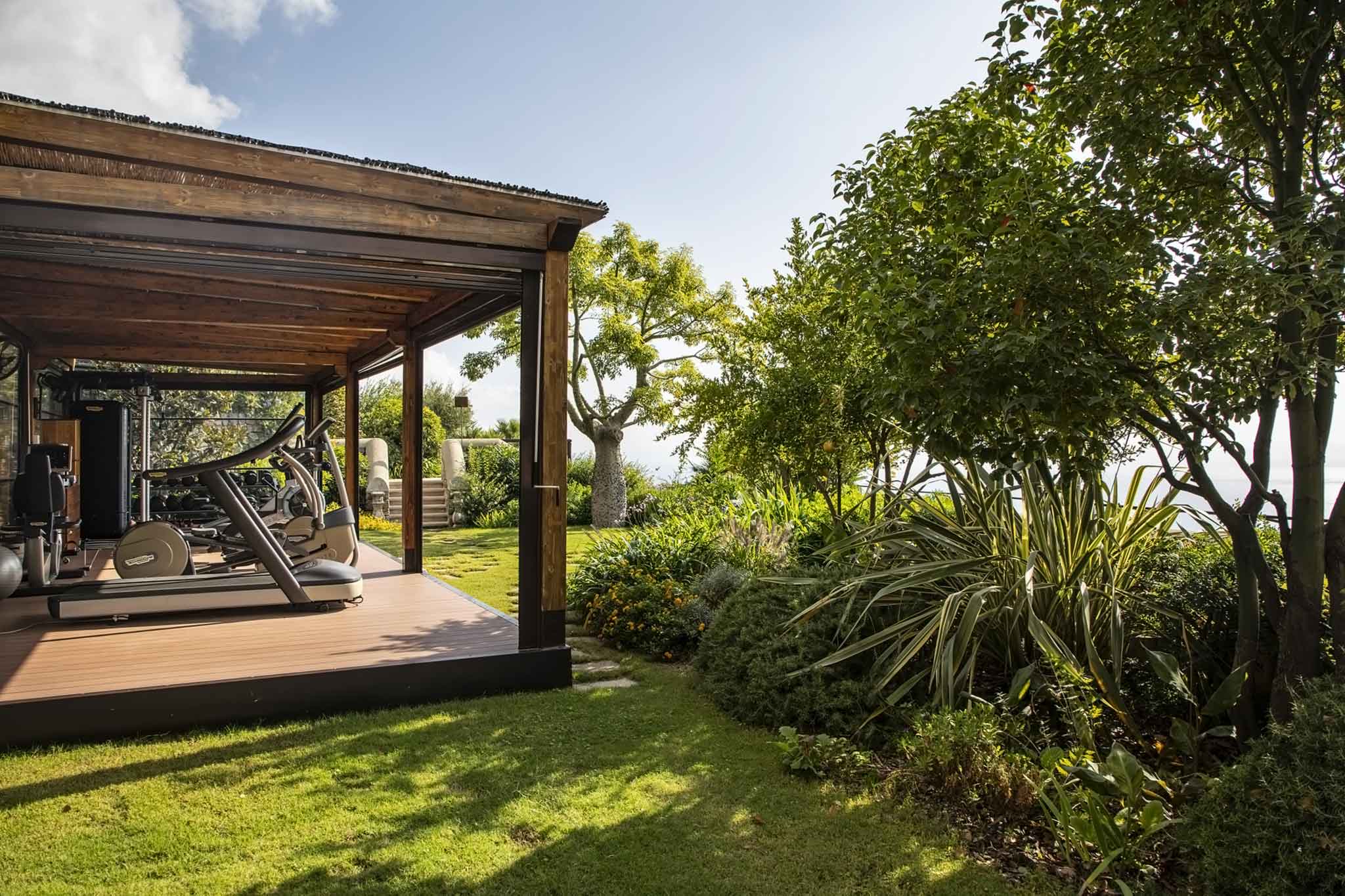Striking the Perfect Balance of Seclusion without Solitude
The Property
The Property
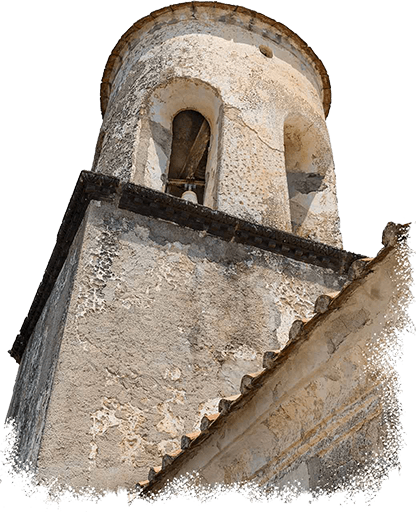
It’s hard to imagine that the generous grounds, filled with four levels of gardens, lush landscaping, plentiful lounge chairs, and canopied daybeds, serve just 20 rooms and suites.
Gardens
Gardens
Behold a masterpiece of architectural landscape design, which descends from the dining and bar terraces through a series of multi-level cascading gardens with sweeping panoramic views of land, sea, and sky, culminating at the dramatic cliff-edge infinity pool. Each level presents stylish, comfortable areas to relax and soak the day away.
Infinity Pool
Fitness
Rest and relaxation are guaranteed at Monastero Santa Rosa, but should you feel the need to find time for fitness, the property makes it easy to stay on a healthy track. The outdoor fitness center, equipped with Technogym equipment offers a wide-range of options for maintaining your fitness goals. A diverse mix of hikes and walking trails, as well as a variety of water sports are available in the area, and the hotel’s staff is happy to assist with all arrangements. Do not miss the beautiful, lesser known “Valle delle ferriere” path in Amalfi!
Fitness
Rest and relaxation are guaranteed at Monastero Santa Rosa, but should you feel the need to find time for fitness, the property makes it easy to stay on a healthy track. The outdoor fitness center, equipped with Technogym equipment offers a wide-range of options for maintaining your fitness goals. A diverse mix of hikes and walking trails, as well as a variety of water sports are available in the area, and the hotel’s staff is happy to assist with all arrangements. Do not miss the beautiful, lesser known “Valle delle ferriere” path in Amalfi!
The History of Monastero Santa Rosa
Originally built in the late 17th century, the monastery/convent* came to life through the ambition of Sister Rosa Pandolfi, a descendant of the noble family Pontone di Scala who had taken up residence in Conca dei Marini. The antique church of Santa Maria di Grado, sadly reduced to ruins, was a gift to Sister Rosa. Having the means to make a difference, she funded the monastery’s construction built adjacent to the church for the ‘sacred virgins.’ Upon completion in 1681, the convent was dedicated to the glorious St. Rose of Lima.
Read more...
Continued…
Over the years the sisters contributed in many ways to the local community. Most notably, the nuns provided the design and funding for an aqueduct from Mount Vocito to Piazza Olmo to provide water for the inhabitants of the municipality. Even today, a plaque stands near the piazza’s fountain in the town square commemorating this noble gesture. The nuns created a viable business through their apothecary by concocting effective remedies to treat common afflictions using the herbs and flowers from their vast gardens. The sisters also became renowned for the now famous Sfogliatella Santa Rosa recipe, which they created in their refectory to help soothe the ailing stomach of their Mother Superior.
In the late 1800s, however, the religious establishment was removed following the laws of eviction, and the convent was handed over to the municipality, still allowing the nuns to live out their lives on property. In 1924 the hotel was spotted by a Roman hotelier, Mr. Marcucci, who recognized and appreciated the property’s historic value and unique architecture. He purchased the old convent and subsequently transformed it into an hotel. Esteemed for its authentic simplicity typical of monastic life, the Hotel Santa Rosa became one of the 39 castle hotels of Italy. The hotel’s motto was, “At each window, the sun. From each window, the sea”. After the death of the last Caterina family member, the building was once again left without a purpose. Standing in solitude on the edge of a cliff, the imposing structure became a lonely reminder of former glory, hospitality, and rich honorable history.**
In 2000 Bianca Sharma was enjoying a boating excursion in the Gulf of Salerno and admiring the spectacular promontory towering above her. Her eyes rested on this majestic yet ruined monastery extending from but disappearing into the rock. She was instantly captivated, bought the property, moved to the Coast, and began her decade-long quest of restoring the former monastery into a luxury boutique hotel. To Bianca’s relief, the Caterina family, who ran the hotel for three generations, had the foresight to conserve the architectural foundations of the premises while implementing modern conveniences for guests. So the original architectural details remained. Through Bianca’s endless dedication and careful instruction in conjunction with a local team of architects and historical authorities, the monastery’s structural integrity has been maintained. Thus the monastery’s original atmosphere remains ever present in her current design.
Since its origins, the history of the Conca dei Marini village has always been intimately tied to the destiny of the convent. Bianca’s tireless efforts have enabled this bond to continue into the next century with the 2012 reopening of the monastery as a luxury hotel for locals and visitors from around the world to enjoy.
*A monastery designates a place for a religious community of male or female who live a sequestered life in the structure.
**Historical references from Conca dei Marini
The History of Monastero Santa Rosa
Originally built in the late 17th century, the monastery/convent* came to life through the ambition of Sister Rosa Pandolfi, a descendant of the noble family Pontone di Scala who had taken up residence in Conca dei Marini. The antique church of Santa Maria di Grado, sadly reduced to ruins, was a gift to Sister Rosa. Having the means to make a difference, she funded the monastery’s construction built adjacent to the church for the ‘sacred virgins.’ Upon completion in 1681, the convent was dedicated to the glorious St. Rose of Lima.
Read more...
Continued…
Over the years the sisters contributed in many ways to the local community. Most notably, the nuns provided the design and funding for an aqueduct from Mount Vocito to Piazza Olmo to provide water for the inhabitants of the municipality. Even today, a plaque stands near the piazza’s fountain in the town square commemorating this noble gesture. The nuns created a viable business through their apothecary by concocting effective remedies to treat common afflictions using the herbs and flowers from their vast gardens. The sisters also became renowned for the now famous Sfogliatella Santa Rosa recipe, which they created in their refectory to help soothe the ailing stomach of their Mother Superior.
In the late 1800s, however, the religious establishment was removed following the laws of eviction, and the convent was handed over to the municipality, still allowing the nuns to live out their lives on property. In 1924 the hotel was spotted by a Roman hotelier, Mr. Marcucci, who recognized and appreciated the property’s historic value and unique architecture. He purchased the old convent and subsequently transformed it into an hotel. Esteemed for its authentic simplicity typical of monastic life, the Hotel Santa Rosa became one of the 39 castle hotels of Italy. The hotel’s motto was, “At each window, the sun. From each window, the sea”. After the death of the last Caterina family member, the building was once again left without a purpose. Standing in solitude on the edge of a cliff, the imposing structure became a lonely reminder of former glory, hospitality, and rich honorable history.**
In 2000 Bianca Sharma was enjoying a boating excursion in the Gulf of Salerno and admiring the spectacular promontory towering above her. Her eyes rested on this majestic yet ruined monastery extending from but disappearing into the rock. She was instantly captivated, bought the property, moved to the Coast, and began her decade-long quest of restoring the former monastery into a luxury boutique hotel. To Bianca’s relief, the Caterina family, who ran the hotel for three generations, had the foresight to conserve the architectural foundations of the premises while implementing modern conveniences for guests. So the original architectural details remained. Through Bianca’s endless dedication and careful instruction in conjunction with a local team of architects and historical authorities, the monastery’s structural integrity has been maintained. Thus the monastery’s original atmosphere remains ever present in her current design.
Since its origins, the history of the Conca dei Marini village has always been intimately tied to the destiny of the convent. Bianca’s tireless efforts have enabled this bond to continue into the next century with the 2012 reopening of the monastery as a luxury hotel for locals and visitors from around the world to enjoy.
*A monastery designates a place for a religious community of male or female who live a sequestered life in the structure.
**Historical references from Conca dei Marini

